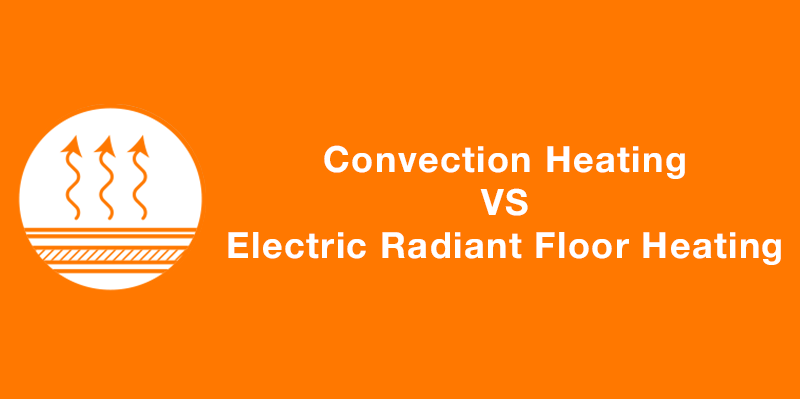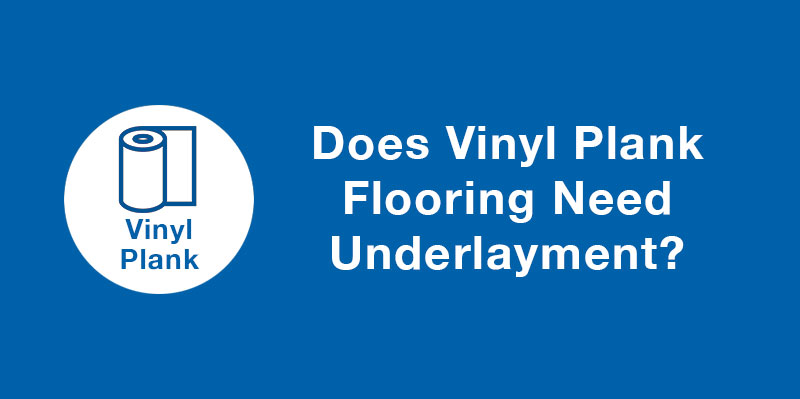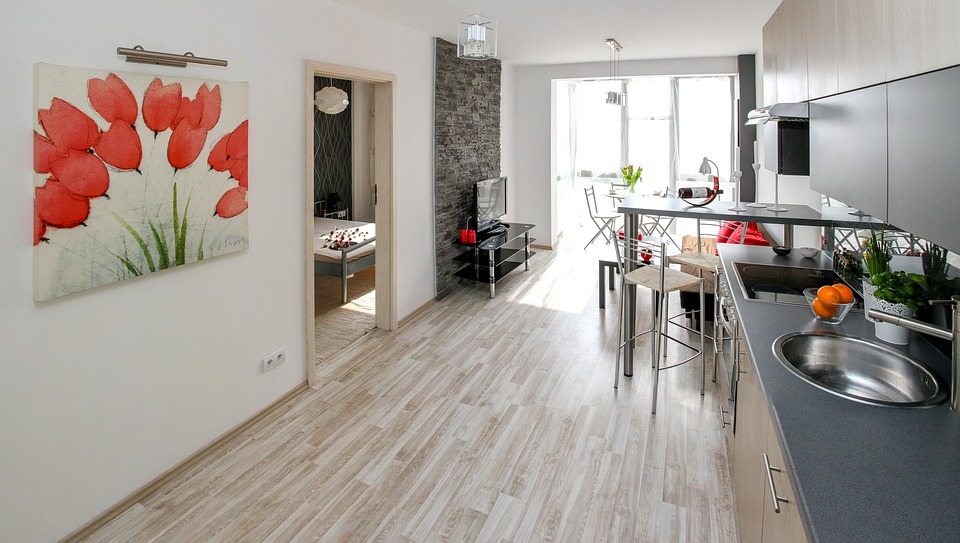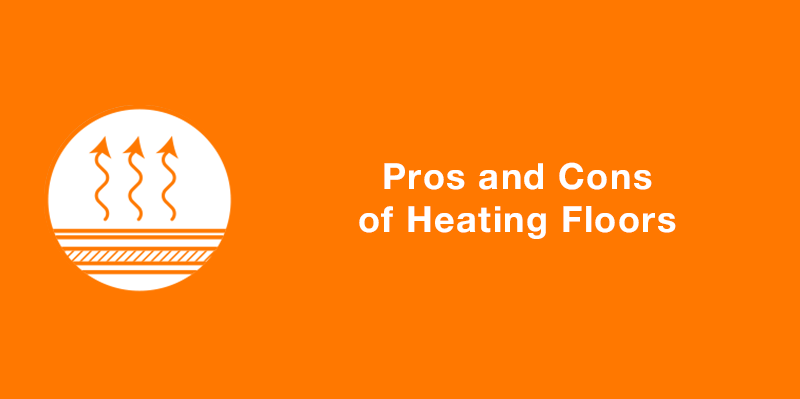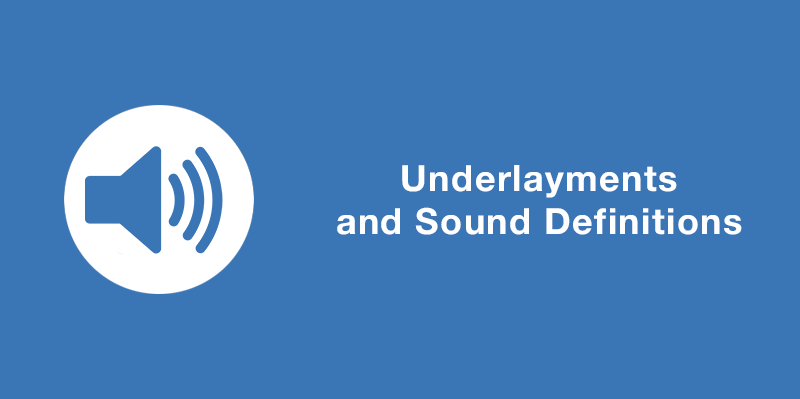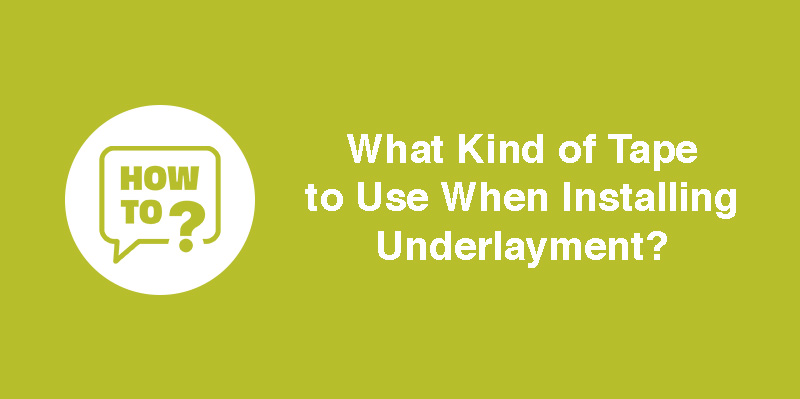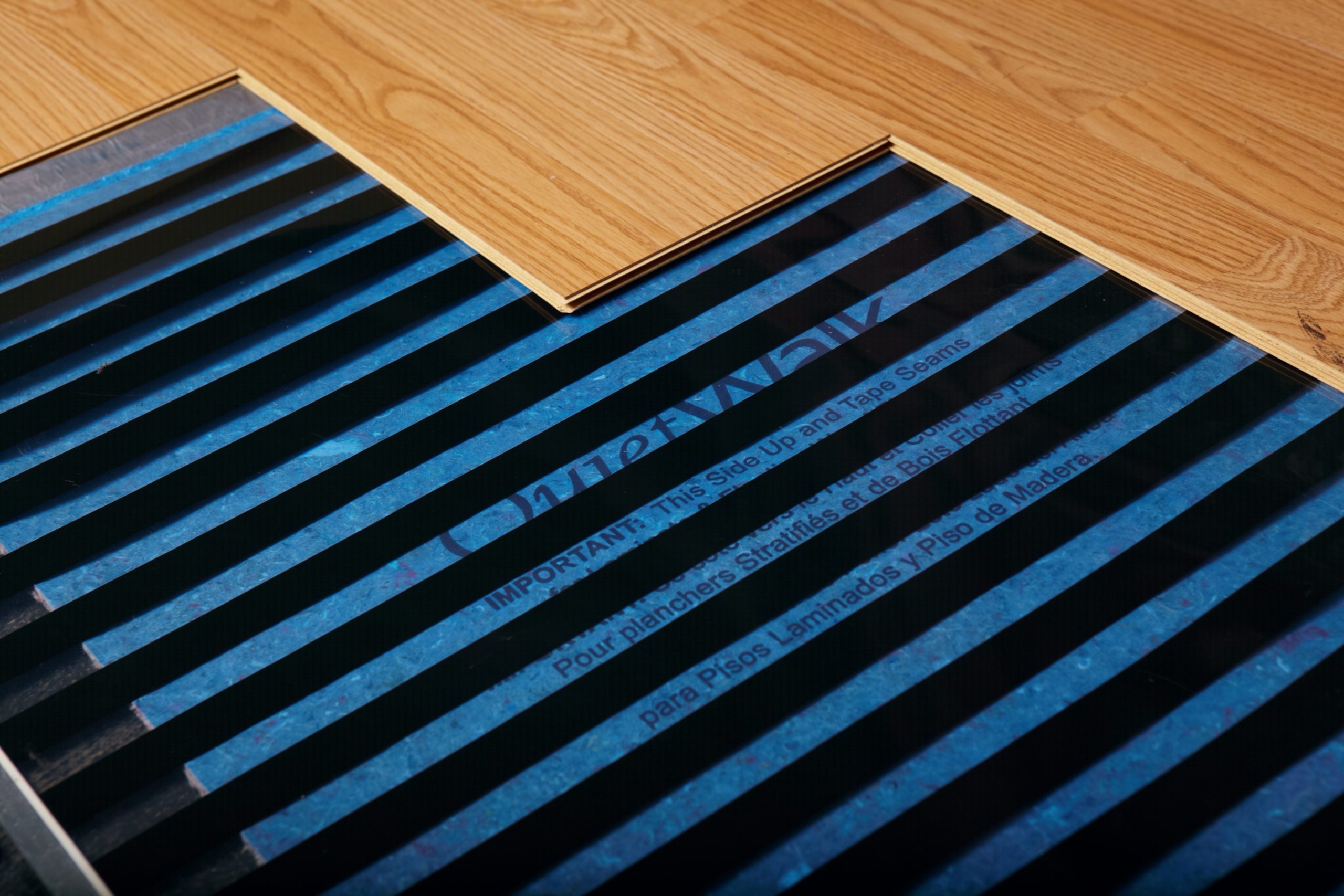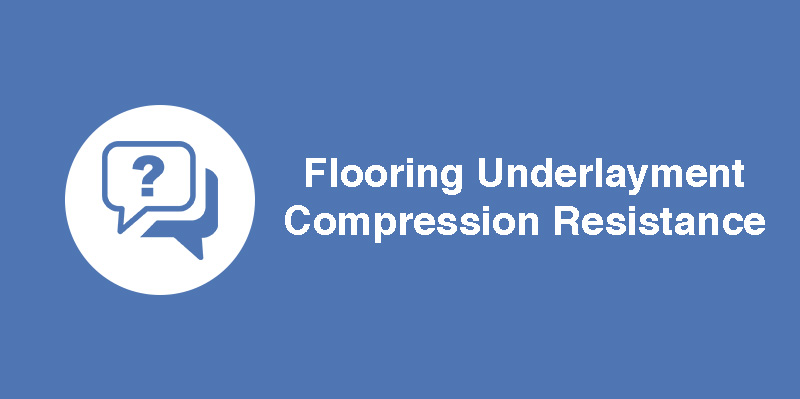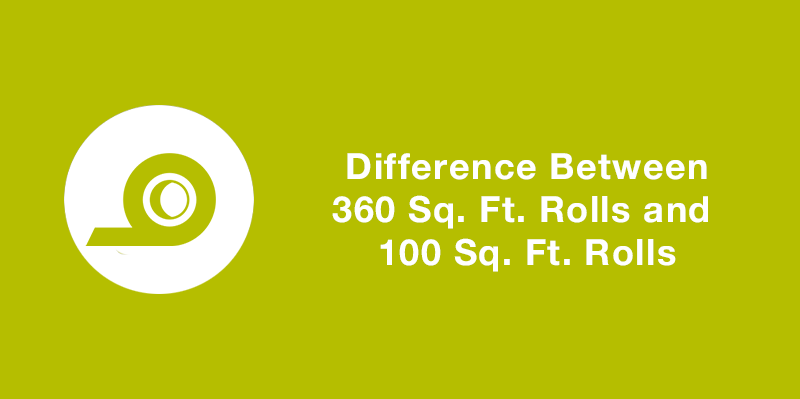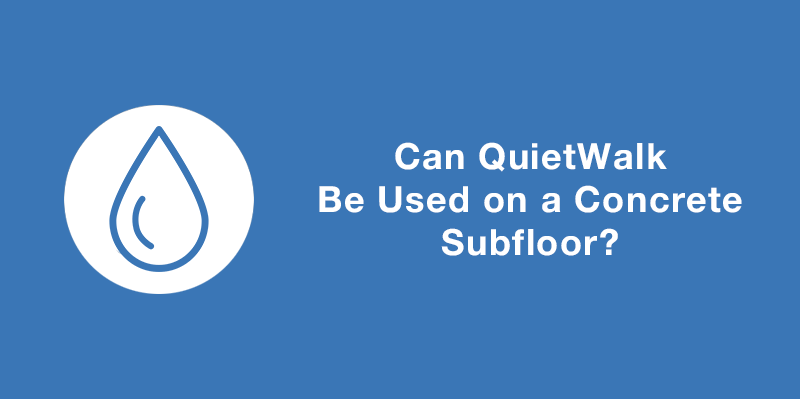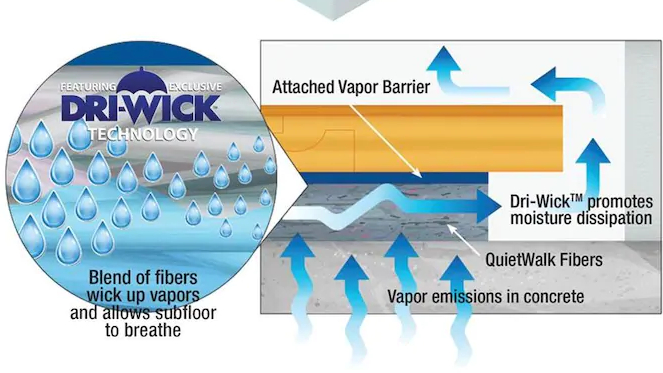There is a difference between radiant heat and convectional heat. Both heating methods work fine independently, but knowing which application makes more sense for your home can make you and your family more comfortable. Combining these two heat sources can also be a blessing for people who want to save money during the winter months by using less energy.
The radiant floor heating typically depends on a network of cables installed between the subfloor and the floor covering. The mats use electricity to heat up, which begins to warm the floor under your feet. They are great for large rooms and small rooms with low expenses that are affordable for most budgets. Radiant floor heating is perfect for the bathroom and kitchen floors but will fit nearly any room or more rooms inside your house for optimal comfort.
A Convection Heater Only Heats The Air
A convection (or traditional) heater only heats the room’s air since this heater relies on its circulation. As cool air falls, it passes over the heating section and rises out through the unit’s top back into the room as warmed air. This heater transfers heat through gas or liquid to work effectively. It will perform by warming a room from the top down. It relies on the atmosphere to climb when it is warm, and it will cool down when lowered. Conventional heating must first heat all the air in the room to restore the thermostat’s required temperature. As the air heats up and cools down, a significant part of the air moves, leading to constant air swirling as it passes through the room.
Pros:
- In most cases, convection heaters are relatively silent, since they do not rely on ductwork
- They can be placed in a variety of places, such as a stairway, giving you versatile heating
Cons:
- Convection heaters are generally not very effective for heating large spaces, since they rely on dispersing air naturally
- They do not circulate air through a filter, which can contribute to the build-up of dust and allergens
- Since they heat the air from one area of the room currents air can stir up dust and allergens
Electric Radiant Floor Heat can be Programmed
Electric radiant floor heat is very energy efficient. Electric radiant floor heating systems are beneficial, and they use less energy than other methods, which is the right way people can save money. Most electric floor heating systems use between over ten watts per hour to about twelve watts per hour. The floors can operate with a thermostat that you can easily program. They will automatically heat your floor whenever time you choose for the room. They are straightforward to install by the model you want to get. They usually have a heating wire that is easy to place that will control the gaps. For the heating mat systems, the wire is built into the mat itself.
No matter if it is conventional or radiant, you should consider the size of the room you want to be heated. Both systems will cover the whole floor area to heat the room successfully to your needs. Be sure to buy a heater that matches the size of the flooring in the entire room.
An Electric Radiant Floor Even Has Benefits You Will Be Happy With
An electric radiant floor heating system has many benefits. They provide consistent heating, and they will heat the area where they are placed underneath your floors. You will feel the warmest temperature in the room that is closest to the heating system. The good thing is that when you use radiant floor heating, the system installs with equal spacing, so you will not find any areas that are cold that the heater will not cover.
Besides, a radiant heating system does not move the air, so the room’s airflow doesn’t affect the moisture content. This is helpful for areas of the country that are extremely dry or highly humid. This feature has the added benefit of preventing mold growth for those prone to allergies or respiratory problems.
Radiant Floor Heating Gives You Comfort Where It Matters
Using both conventional and radiant heat will cut back the traditional heating system’s temperature and use. You can also combine the two, which will save you a lot of money each month. The QuietWarmth floor system is high-tech with advanced ink technology ideal for all kinds of floating floors. The QuietWarmth mats come with a vast display of features you will find at a reasonable price that you can afford. Due to the thin ink technology, it will work for all kinds of floorings that are modern, especially for bamboo floors. It is easy to install with minimal effort.
QuietWarmth underfloor heating systems are also ideal for tiles and existing flooring. They are easy to install and require virtually no ongoing maintenance. It provides your floors with uniform heat with no gaps, and the radiant heat is spread evenly through the room. The price is affordable while producing heat evenly and effectively.
Pros:
- Most radiant heating systems are more efficient taking less energy to heat a space
- Radiant floor heating systems require little maintenance
- Heats room uniformly from the ground up, preventing the disturbance of dust and allergens
Cons:
- Depending on the amount of area covered with floor heating, radiant heating can have a more expensive upfront cost
- Radiant heating systems require an electrician to complete the wiring
Final Thoughts
Radiant floor heating is arguably the ideal home heating system. It is practical, comfortable, and are friendly to your pets. Pets always love the feel of the warmth of the floors too. Since heat will flow throughout your room, your furnishings and valuables will be safe. An important thing to know is they will give you the feel of comfortable warmth even on a cold winter morning. Each time you step on the floors will feel refreshed. Winter months are ideal for these floors when you need extra warmth underfoot. Many people may not feel they need one, but once you experience the difference, you will enjoy the long-lasting benefits of QuietWarmth radiant heating.
Don’t count convection heating out though, as in many cases radiant floor heating and convection heating work well together. For example, a radiant heating system may be boosted by a convection-powered space heater.
Join Our Newsletter
You are about to install your new flooring. As you lay the first plank you realize that

